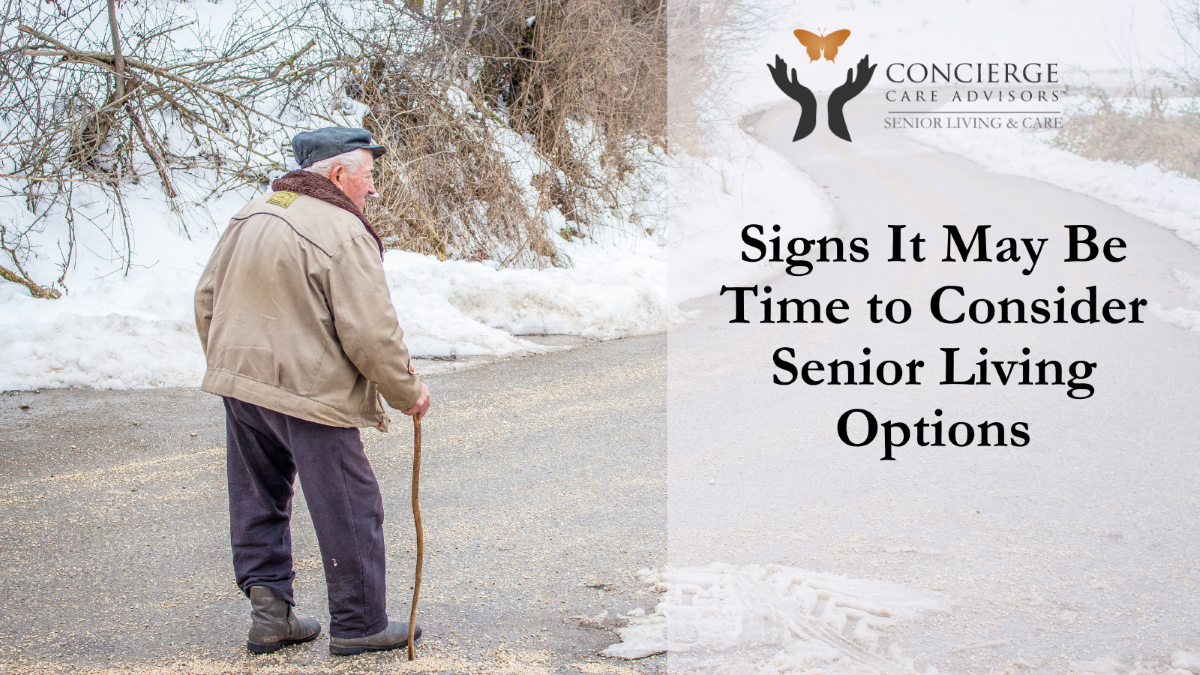By Kathy Finley, Director of Family Services at Concierge Care Advisors
The Growing Crisis of Family Caregiving in the U.S.
Reading a recent Seattle Times article, I was struck by the magnitude of caregiving challenges many families now face. As people live longer, the burden of eldercare has evolved into both an economic and societal issue—impacting families and the broader U.S. economy. The article highlighted that 15% of women and 13% of men aged 25-54 provide care for an older relative. Among those aged 55-64, one in five people become caregivers for older family members, creating a significant strain on their personal and professional lives.
The Impact of Caregiving on Families
I’ve shared my own experiences about my mother’s journey with dementia. Thankfully, she had the foresight to purchase long-term care insurance 25 years ago, which meant my brother and I could continue our careers without taking on full-time caregiving responsibilities. This planning allowed her to live in a safe and supportive environment, and it enabled us to remain her children rather than her caregivers. However, not every family is this fortunate.
Decades ago, it was common for seniors to enter nursing homes, as was the case with my grandmother. Yet today, nursing homes are either disappearing or are financially out of reach for many families. This leaves adult children—especially women—to step into caregiving roles at a time when they should be focusing on their careers.
The Economic Impact of Caregiving on Women and the Workforce
The caregiving crisis has had far-reaching economic consequences, particularly for women’s workforce participation. Economists note that the rise in eldercare demands correlates with a decline in women’s labor force participation. After steadily increasing for five decades, the participation rate for women stagnated in the late 1990s. In fact, by 2017, the U.S. ranked 30th among 36 industrialized nations for women’s workforce participation, down from 17th in 2000.
Caregiving responsibilities disproportionately affect women, with 60% of caregivers also working outside the home, and nearly half of them working full-time. This has resulted in career interruptions and fewer opportunities for advancement during critical earning years. Without a support system for eldercare, many women are forced to leave the workforce altogether. Studies suggest that had U.S. women’s workforce participation matched that of Canada or Germany in 2004, the U.S. GDP could have grown by 3.5%.
The Financial Burden on Families and the Nation
The economic strain extends beyond workforce participation. Families sacrifice at least $28.9 billion annually in lost wages due to caregiving responsibilities, which could otherwise stimulate the economy. California’s paid family leave policy has shown positive results: providing six weeks of partially paid leave has increased labor participation among new mothers and improved long-term wage growth by reducing career disruptions.
With 10,000 baby boomers turning 70 every day until 2030, the demand for eldercare will only grow. Unfortunately, Social Security and Medicare—originally designed as a safety net—are not equipped to handle the costs of longer lifespans. A person aged 65 or older today has a 50% chance of needing long-term care, with an average cost of $266,000 over two years. More than half of this expense will fall on the individual or their family, placing tremendous financial pressure on adult children. Many families exhaust savings, refinance homes, or experience marital stress as they struggle to cover these costs.
The Future of Elder Care in America
As seniors spend down their savings, many eventually qualify for Medicaid, which now covers over one-third of the nation’s long-term care expenses. However, this is not a sustainable solution. Without significant policy changes, caregiving will continue to strain families and the economy. Advocates, including Caring Across Generations, are pushing for additional benefits to support caregivers, much like Medicare and Social Security do for retirees. Proposals include payroll taxes to fund caregiving benefits, ensuring future generations have access to care without jeopardizing their financial well-being.
Planning for the Future
The caregiving crisis is here to stay, and the baby boomer generation will need increasing levels of care in the coming years. By 2030, over 35 million people will require eldercare, a sobering statistic that forces us to reflect on how we can prepare for the future. As I approach this stage of life myself, I realize the importance of planning ahead—not only for my care but also to reduce the burden on my family.
If you or your loved ones are facing caregiving challenges, Concierge Care Advisors can help you explore the best care solutions. Whether it’s understanding Medicaid options, finding Adult Family Homes, or planning for assisted living, our expert team is here to guide you every step of the way. Don’t wait until a crisis occurs—contact us today at 1-855-444-7364 or visit our website at Concierge Care Advisors to learn how we can help you plan for the future with confidence.

























